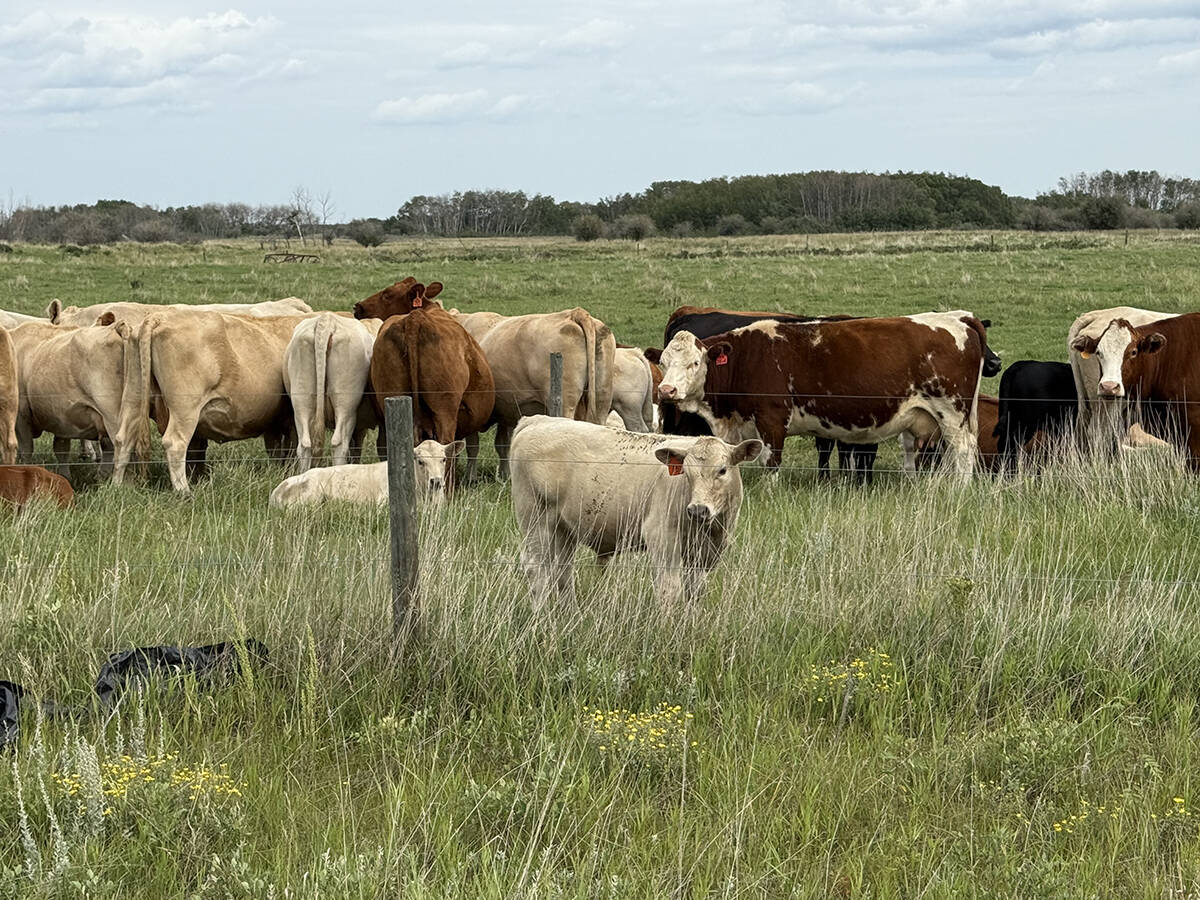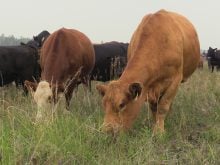This cattle market information is selected from the weekly report from Canfax, a division of the Canadian Cattlemen’s Association. More market information, analysis and statistics are available by becoming a Canfax subscriber by calling 403-275-5110 or at www.canfax.ca.
Fed prices strengthen
Western Canadian fed prices have strengthened for three consecutive weeks, gaining $4 per hundredweight. The last time fed cattle prices averaged over $175 per cwt. was in spring 2017. From their lows in January, fed cattle prices have rallied 11 percent, very similar to 2019 and 2021, when prices rallied 10-13 percent.
Read Also

Canfax cattle market report – September 18, 2025
The Canfax cattle market report for September 18, 2025. Fed & feeder cattle prices, butcher cow trends, and cutout market insights.
Last week dressed sales were reported from $292-$294 per cwt. delivered. Cattle that traded were being scheduled for late July/early August delivery. For the better part of this year, packers have been able to keep fed cattle lift times over four weeks out front, and to a large degree this has limited bargaining power.
U.S. packer interest on the western Canadian cash market was noted, and a few cattle were marketed south. Sales to the United States were at US$234 per cwt. delivered. The Alberta fed cash-to-futures basis was reported at -$0.67 per cwt.
In Ontario, dressed sales last week were reported at $320 per cwt. delivered, fully steady with the previous week. Packers have started to scale back hours.
Fed calf supplies are being worked through in a timely manner, and marketings are ahead of last year.
In the U.S., fed prices in the south have struggled to keep pace with northern regions, resulting in an historically large price spread between the north and south. Dressed sales in Iowa and Nebraska ranged from US$230-$239 per cwt., $2-$3 per cwt. higher than the previous week. Live sales in Nebraska were reported to be $145-$150 per cwt., $2 per cwt. higher. Sales in Texas and Kansas ranged from $137-$140, fully steady.
For the week ending June 18, U.S. beef slaughter cattle exports to Mexico were estimated at 854 head. Year-to-date volumes are 106 percent larger than last year.
Cows trade higher
Strong prices flushed a large offering of non-fed cattle to auction last week. Despite recent rains, producers continue to manage grass and lower stocking rates. D2 slaughter cows traded $1 per cwt. higher last week to average $105.64 per cwt., and D3 prices traded steady at $91.83. Dressed cow bids firmed modestly from the previous week to around $207-$212 per cwt. delivered. Butcher bull prices firmed $1 higher than the previous week, averaging $129 per cwt., which is 12 percent higher than the five-year average.
Western Canadian non-fed slaughter for the week ending June 18 eased seven percent lower than the previous week to 6,498 head, and year-to-date slaughter is fully steady at 167,426 head. Fed cattle/cow exports to the U.S. for the week ending June 11 eased 26 percent lower than the previous week to 6,091 head, and slaughter bull exports slipped 19 percent lower to 660 head.
With skyrocketing inflation, consumers are turning to cheaper proteins, and grilling season demand for trim and grind is strong.
Feeder prices rebound
Alberta feeder prices rebounded higher last week on improved moisture conditions across much of the Prairies. Welcome pasture relief has slowed the flow of light calves to market with fewer pairs being split, and middle weight 500-pound calves traded fully steady. Larger calves from 600-700 lb. traded unevenly with steer prices surging almost $6.75 per cwt. higher, while heifers continued fully steady. Feeders heavier than 700 lb. generally traded $3 per cwt. higher than the previous week as new crop grain prices softened improving feedlot margins.
Canadian auction volumes continue to seasonally decline and are expected to bottom out over the next couple of weeks. Alberta weekly auction volumes were down 18 percent from the previous week to 12,169 head and were 19 percent smaller than the same week last year. Year-to-date auction volumes are five percent larger than the same week last year at 601,382 head.
Canadian feeder exports to the U.S. for the week ending June 11 were down 20 percent from the previous week to 3,909 head. Year-to-date feeder exports are sharply 191 percent larger than a year ago at 124,733 head.
U.S. cutouts on trend
In U.S. beef trade, Choice and Select cut-out values remain stronger than the five-year average despite higher load counts. Both Choice and Select cutouts are trending in line with seasonal norms. The Choice cutout ended last week down US$2.50 per cwt. to average $264.66, and Select was down 44 cents per cwt. to average $244.94.














